Abstract
Artificial Intelligence can make the design process more efficient by analyzing complex data to inform design. Traditionally, architects must analyze factors, such as sunlight, wind and acoustics. This process can be tedious, and only a limited amount of data can be considered at one time. Machine learning is more efficient, allowing the architect to automate these tasks. The data that can be analyzed by computers is also limitless. The objective of this machine learning experiment is to generate an optimized truss. This paper will provide a description of the methodology as well as an analysis of the results.
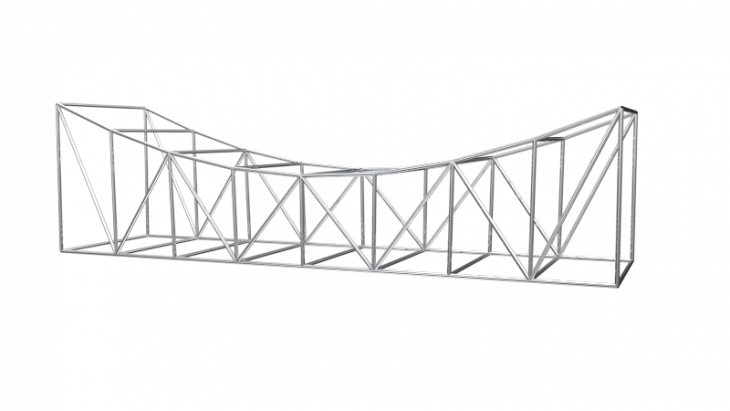
Methodology
Grasshopper, a visual scripting plug-in for Rhino, was used to generate the parametric truss. The initial input parameters used were height, height at ends, width and number of diagonal members. The output was the deflection at the midspan of the truss. The models were run through Galapagos to generate several thousand iterations, which could then be used to train the artificial neural network.
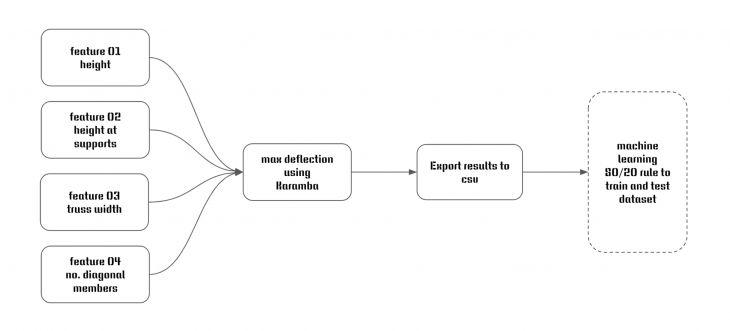
Analysis
The results of the first test generated skewed data as a result of the outliers as seen in the pair plot. The actual versus prediction graph was not linear as expected. A second test was run after modifications to the machine learning model were made to remove the outliers that exceeded 300. The results of test two were more accurate with the loss function being relatively close to zero. The actual versus prediction graph was more linear as expected. However, there were still some outliers. Additional modifications were made to the network to see if the results could be improved further. The original shape of the network was changed from 50, 32 and 1 to 10, 5 and 1. This did have an affect on the results in terms of accuracy. The first network shape of 50, 32 and 5 resulted in the more accurate prediction. The epochs were also changed from 400 to 200, which produced an insignificant change, thereby indicating that 200 epochs was sufficient for training.

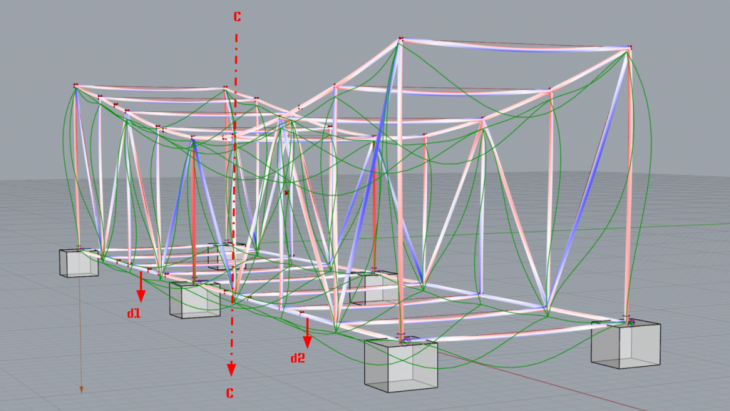
In the third test, modifications to the Grasshopper script were made. In addition to the end supports, the members at the center of the truss were constrained with new supports. This model was more realistic with respect to the structural stability. The output results were the deflection at each of the midspans, located between the end supports and center supports. The input features were changed, so that the diagonal members were constant. The third model was run through Galapagos to create the new dataset. The third test generated the most accurate results. In the forth test the Grasshopper model was modified again to calculate the deflection at the individual nodes or vertical members. The final machine learning model proved to be the most accurate. Various network shapes were tested, and the epochs were reduced significantly as there was no longer room for improvement.

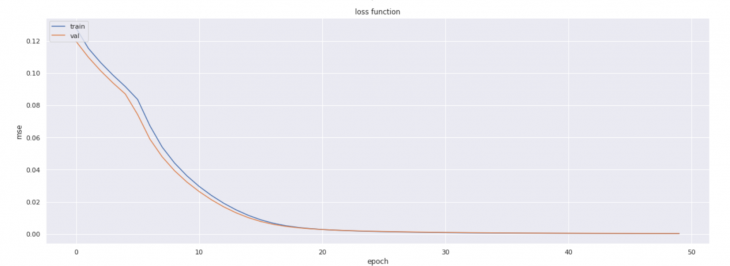
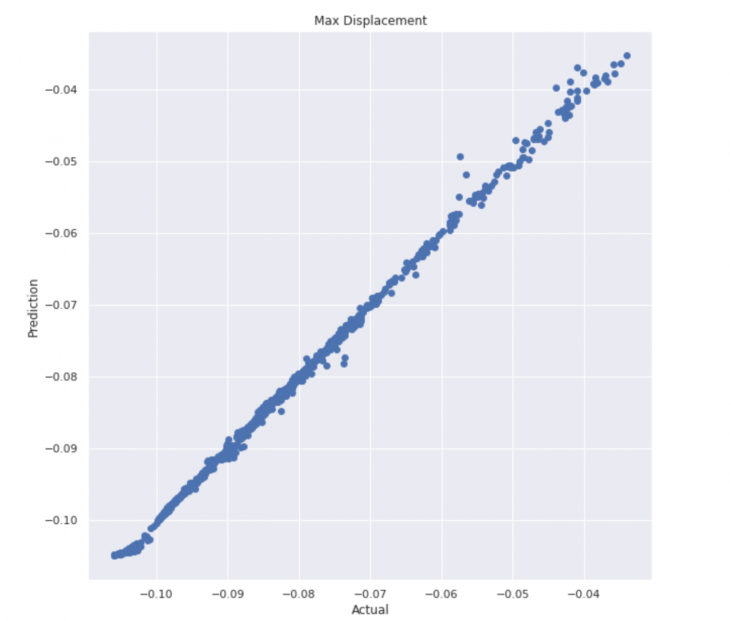
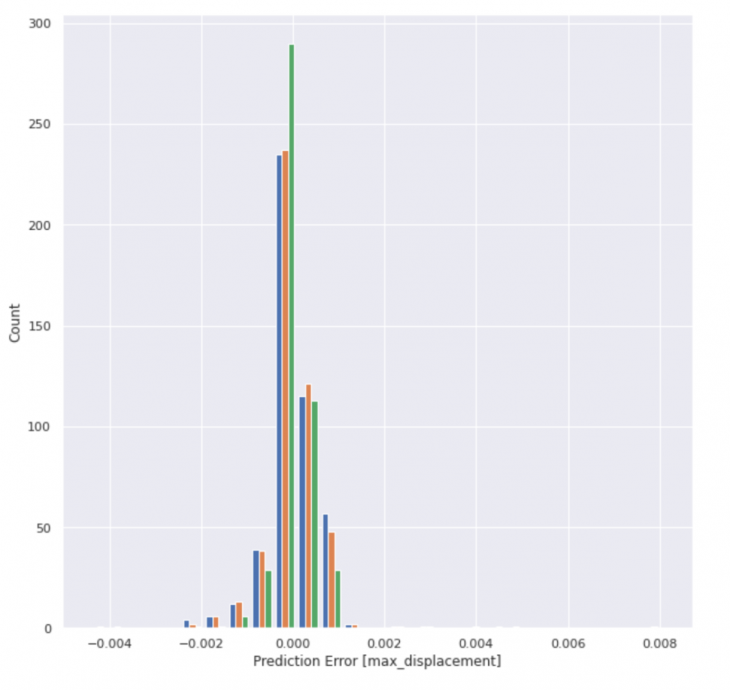
Credits
Truss Displacement is a project of IAAC, Institute for Advanced Architecture of Catalonia developed in the Master in Advanced Computation for Architecture & Design in 2020/21 by:
Student: Shelley Livingston
Faculty: Gabriella Rossi, Illiana Papadopoulou